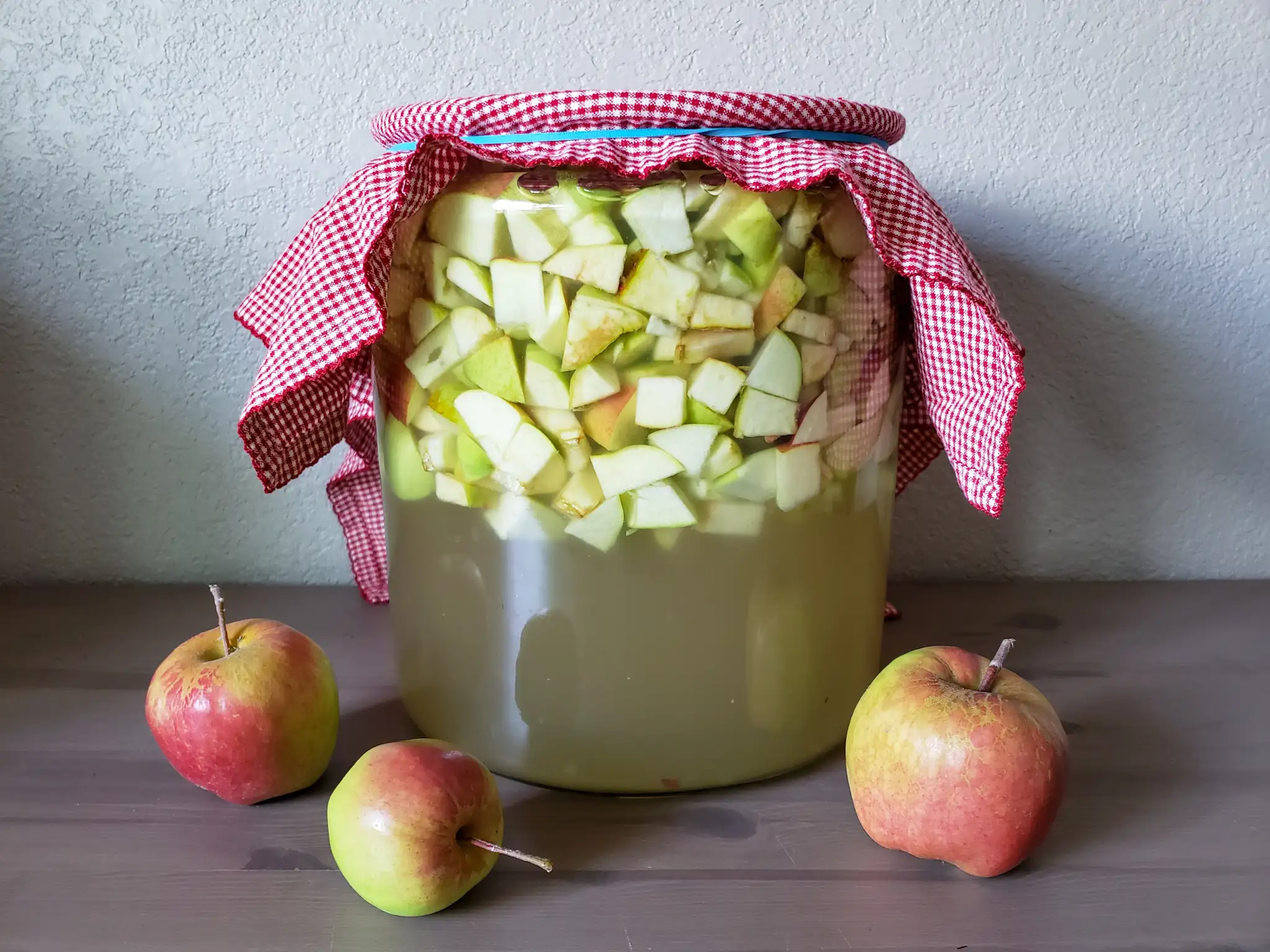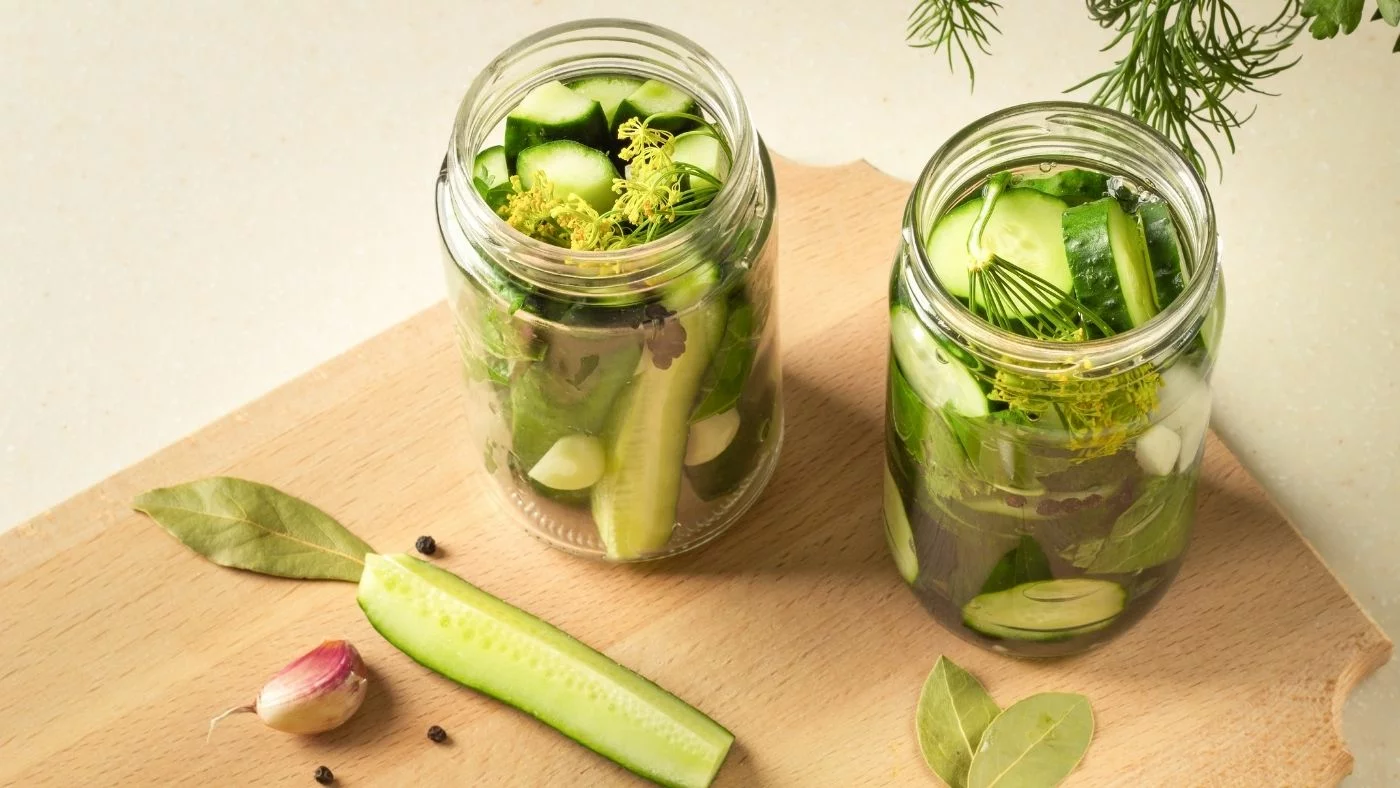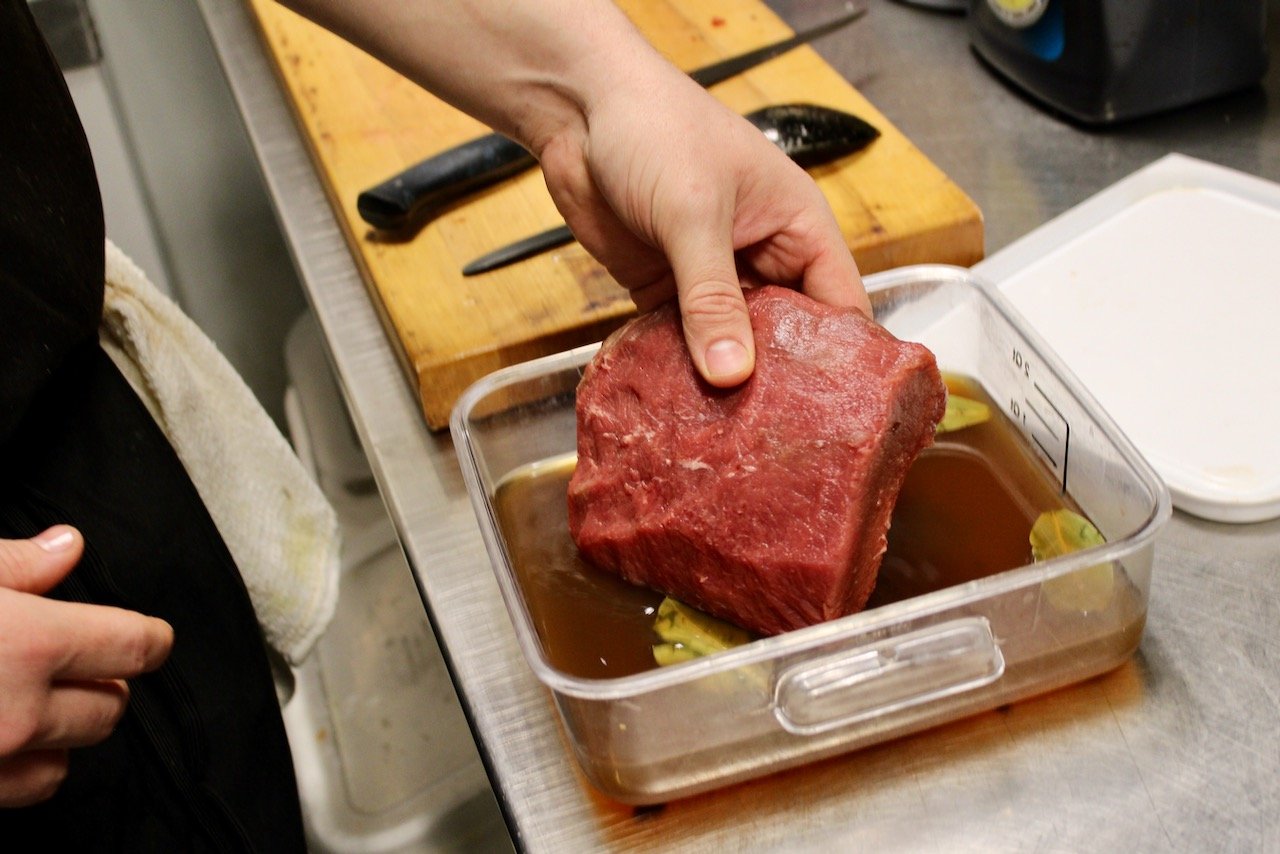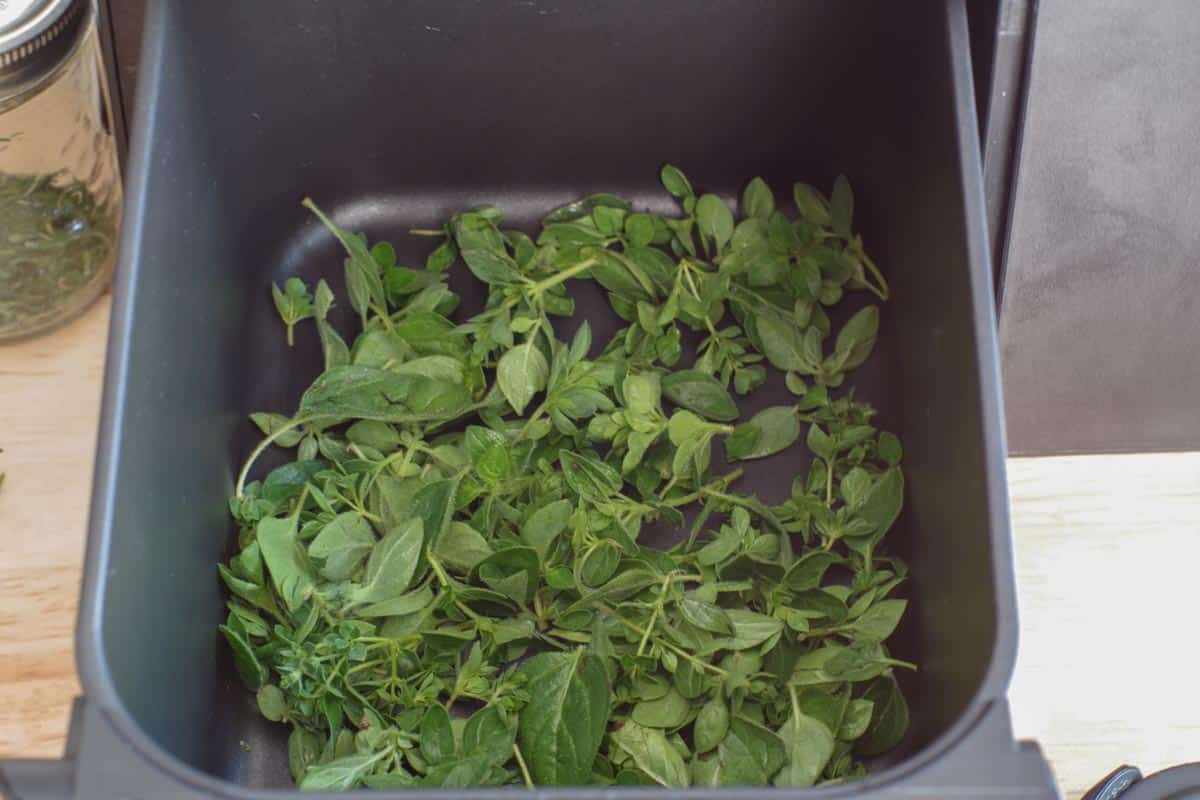What is Aloe Vera?
Aloe vera is a succulent plant species that has been used for centuries for its medicinal and skincare properties. It is known for its thick, fleshy leaves that contain a gel-like substance which is rich in vitamins, minerals, and antioxidants. Aloe vera is commonly used to soothe sunburns, moisturize the skin, and promote overall skin health.
Why Ferment Aloe Vera?
Fermenting aloe vera can enhance its beneficial properties and make it even more potent. Fermentation is a natural process that can increase the bioavailability of nutrients in the plant, making them easier for the body to absorb. By fermenting aloe vera, you can unlock its full potential and reap even more health benefits.
How to Ferment Aloe Vera
Follow these simple steps to ferment aloe vera at home:
- Harvest the Aloe Vera: Start by selecting a mature, healthy aloe vera plant. Use a sharp knife to carefully cut off a few of the outer leaves, making sure not to damage the plant.
- Extract the Gel: Once you have harvested the leaves, use a clean knife to carefully slice off the outer green rind of the leaves. This will expose the clear, gel-like substance inside. Scoop out the gel using a spoon and place it in a clean glass container.
- Add a Starter Culture: To kick-start the fermentation process, add a small amount of a natural starter culture, such as whey or a powdered probiotic supplement, to the aloe vera gel. This will introduce beneficial bacteria that will help ferment the gel.
- Allow Fermentation: Cover the glass container with a clean cloth or paper towel and secure it with a rubber band. Place the container in a warm, dark place and allow the aloe vera gel to ferment for 2-3 days. Check on it periodically to ensure that the fermentation is progressing as expected.
- Store the Fermented Aloe Vera: Once the fermentation process is complete, transfer the fermented aloe vera gel to a clean, airtight container and store it in the refrigerator. It will keep for several weeks and can be used in various skincare and wellness applications.
Benefits of Fermented Aloe Vera
Fermented aloe vera offers a range of potential benefits, including:
- Enhanced Nutrient Absorption: The fermentation process can increase the bioavailability of nutrients in aloe vera, allowing the body to absorb them more effectively.
- Improved Digestive Health: Fermented aloe vera may support digestive health and promote a healthy gut microbiome.
- Enhanced Skincare Properties: The fermented gel can be used topically to soothe and moisturize the skin, providing additional benefits compared to non-fermented aloe vera.
Ways to Use Fermented Aloe Vera
Once you have fermented aloe vera gel, there are numerous ways to incorporate it into your daily routine:
- Skincare: Apply the fermented gel directly to the skin to soothe sunburns, moisturize dry skin, and promote overall skin health.
- Internal Consumption: Add a small amount of fermented aloe vera gel to smoothies or juices to enjoy its potential health benefits from the inside out.
- Haircare: Use the fermented gel as a natural hair conditioner to nourish and hydrate your hair and scalp.
Conclusion
Fermenting aloe vera is a simple and effective way to enhance its beneficial properties and unlock its full potential. By following the steps outlined above, you can create your own potent fermented aloe vera gel and enjoy its potential health and skincare benefits. Whether used topically or consumed internally, fermented aloe vera can be a valuable addition to your wellness routine.
Using the guide on fermenting aloe vera, readers can try various recipes to enjoy the unique benefits of fermented aloe. They should start with the Fermented Aloe Vera and Berry Detox Smoothie for a refreshing and healthy drink. For a soothing skincare treatment, the Fermented Aloe Vera and Honey Skin Soother is a must-try. To stay hydrated, the Fermented Aloe Vera and Coconut Water Drink is perfect. Those looking for a light and revitalizing meal should try the Fermented Aloe Vera and Citrus Salad Dressing. For a boost in immunity, the Fermented Aloe Vera and Ginger Immunity Shot is highly recommended.
Was this page helpful?
Read Next: How To Ferment Cheese











